Lesson 2: 'Paving the Way' - Reshaping Vietnam's Judicial Map
Institutionalizing the Party's viewpoint on judicial innovation
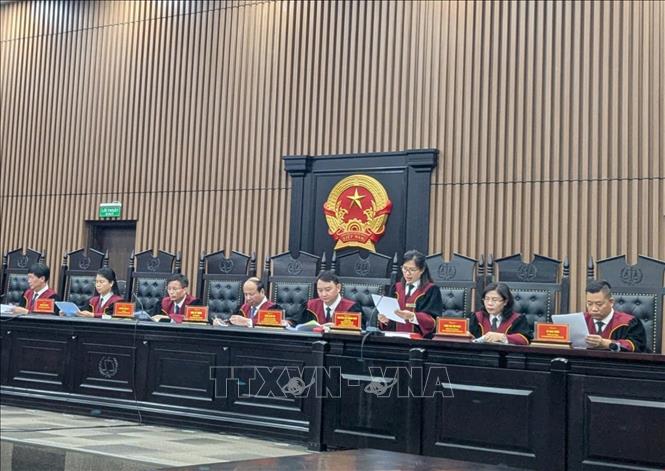
Professor, Dr. Phan Trung Ly (former Chairman of the Law Committee of the National Assembly ) said that Resolution 81 is not simply an administrative document on reorganizing the Court system, but is a step to directly institutionalize the Party's major orientations on decentralization, streamlining the apparatus, and improving the effectiveness of judicial power. Mr. Phan Trung Ly said that it is possible to identify three "paving the way" aspects that Resolution 81 creates.
Specifically, Resolution 81 “opens the way for the organization of judicial power in a modern and professional direction” by allowing the arrangement of the Court system according to new administrative units, associated with the requirement of streamlining the intermediate level, towards the model of Regional Courts instead of decentralized District Courts. This organization creates conditions for concentrating resources, enhancing expertise and independence in adjudication activities, thereby overcoming the fragmented and localized situation – a long-standing limitation of the judicial system.
In addition, Resolution 81 also "opens the way for the mechanism of judicial power operation associated with power control" by organizing the Court by region, allowing the establishment of a control correlation between the Court levels on the basis of actual authority, minimizing overlap, while ensuring the mechanism of assignment - coordination - control of judicial power in the spirit of Resolution No. 27-NQ/TW on continuing to build and perfect the socialist rule of law State. This is the premise for building an honest and clean judiciary, not allowing "judicial power to be distorted" for local interests or local relations.
In addition, Resolution 81 also helps pave the way for institutionalizing the model of e-Court, digital court and smart justice. When arranging the organization of the Court associated with the new administrative level, Resolution 81 simultaneously creates a corridor for applying digital technology in the management, adjudication and operation of the Court. This is an important content to deploy e-Court, online adjudication, digitalization of records, gradually building a digital justice system, for justice, serving the people.
Three months – more than 300 applications for bankruptcy proceedings
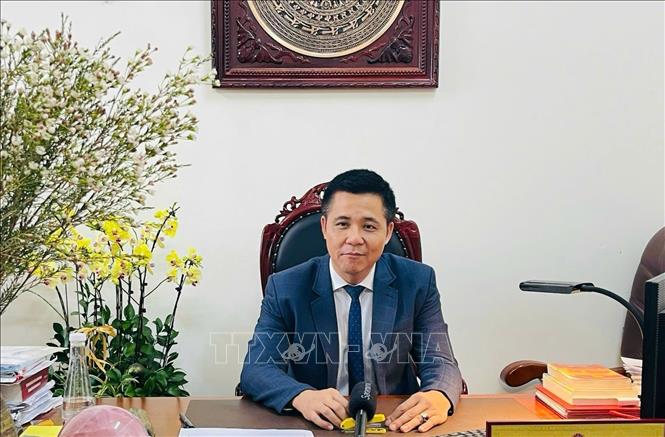
The People's Court of Region 2 - Hanoi was established on the basis of merging the former Dong Da District People's Court and the former Thanh Xuan District People's Court (Hanoi). According to Resolution 81, the People's Court of Region 2 is assigned to handle bankruptcy cases for 18 northern provinces and cities; handle civil, business, commercial, administrative cases on intellectual property, technology transfer for 20 provinces and cities across the country.
These are two new, complex areas that are increasingly increasing in line with the country's economic development. In addition, the resolution of these cases often goes through many procedural steps and takes longer than other economic and commercial cases, forcing the specialized Court to prepare adequate human and material resources to meet this responsibility.
Judge Hoang Ngoc Thanh (Chief Justice of the People's Court of Region 2 - Hanoi) assessed that Resolution 81 assigning specialized jurisdiction to the Regional Court demonstrates high specialization, creating conditions for judges with in-depth knowledge and rich skills to resolve these special types of cases. On the other hand, trying these specialized cases in the same Court will help to achieve high consistency in the way of handling cases, quickly resolving cases of the same nature.
This decentralization regulation also received high consensus from other courts in the region. According to Judge Nguyen Hai Bang, Deputy Chief Justice of Hai Phong City People's Court, assigning the regional courts in Ho Chi Minh City, Hanoi, and Da Nang to have jurisdiction over bankruptcy and intellectual property cases has helped reduce the workload for Hai Phong City People's Court. Thereby, Hai Phong City People's Court and regional courts will have more conditions to focus on other types of cases, increasing the professionalism of court staff.
With such a large scale, the People's Court of Region 2 - Hanoi will have to handle a very large number of cases. From July 1, 2025 (when Resolution 81 takes effect) to October 2025, the People's Court of Region 2 - Hanoi has handled and is in the process of handling more than 300 petitions for bankruptcy of enterprises, 30 petitions for settlement of disputes over intellectual property rights. Currently, the unit is handling a particularly large petition to open bankruptcy proceedings of the Shipbuilding Industry Corporation (SBIC), a 100% state-owned enterprise, owned by the Ministry of Transport (now the Ministry of Construction) with a charter capital of VND 9,520 billion, the investment capital of the Owner is more than VND 6,500 billion, assets and subsidiaries of SBIC are present in many provinces and cities. However, the Company is currently suffering from a negative equity of up to 78,000 billion VND. According to the financial report provided by the enterprise to the Court, the number of creditors and debtors is a list of hundreds of units and individuals, spread across the country.
Judge Hoang Nghia Hai (assigned to handle SBIC's bankruptcy proceedings) said that this case is quite large and complicated. However, with his experience in handling the bankruptcy proceedings against Vinashinlines Ocean Shipping Company Limited before at the Hanoi People's Court, Judge Hoang Nghia Hai and his colleagues are confident in handling and studying SBIC's case file. "In parallel with handling the bankruptcy proceedings for SBIC's parent company, we also have to carry out bankruptcy proceedings for its subsidiaries. Therefore, the legal issues regarding the bankruptcy resolution process will be difficult and will last for many years to come," Judge Hoang Nghia Hai shared.
Need a synchronized solution for smooth operation
With 34 judges, since the beginning of the year, the People's Court of Region 2 - Hanoi has handled more than 7,000 cases of all kinds. On average, each judge at the unit has to handle more than 200 cases of all kinds. In addition, the specialized jurisdiction on bankruptcy and intellectual property rights for 18 and 20 northern provinces and cities has caused the People's Court of Region 2 - Hanoi to face many difficulties in handling work.
According to Chief Justice Hoang Ngoc Thanh, for general disputes, judges usually only have to resolve 1 to 3 legal relationships. However, for bankruptcy and intellectual property cases, judges have to resolve many different relationships at the same time, such as: corporate finance, taxes, debts, labor contracts, wages, insurance money, other types of business disputes... To effectively resolve these cases, judges must have many years of experience in the economic field, and at the same time, it is necessary to create conditions for the judges to have time to focus on these specialized cases, without being distracted or influenced by other cases.
“Our biggest difficulty now is the lack of staff, facilities, and working equipment… so that we can verify, collect documents, evidence, appraise, value, and seize assets… in relevant provinces and cities, to meet the requirements of performing new tasks,” Chief Justice Hoang Ngoc Thanh emphasized.
On the other hand, in addition to difficulties in human resources, facilities, etc., there are still problems in the legal system. The Bankruptcy Law, which was enacted in 2014, has many provisions that are outdated. The Intellectual Property Law also has many provisions that are not compatible with other relevant legal provisions.
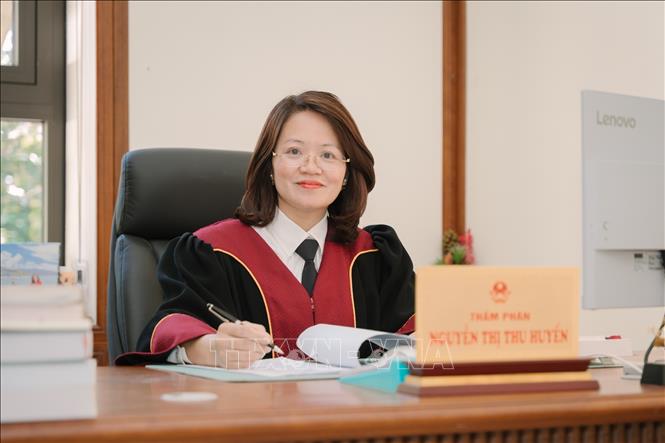
Judge Nguyen Thi Thu Huyen (People's Court of Region 2 - Hanoi) said that the process of conducting proceedings to resolve bankruptcy cases encountered many difficulties. Typically, the costs for administrators (individuals who practice the management and liquidation of assets of insolvent enterprises and cooperatives during the bankruptcy resolution process). "According to Decree 22 of the Government, the costs for administrators are very large. While bankrupt enterprises are facing financial difficulties, it is difficult to pay this amount to administrators. In addition, because there are no specific regulations, we are quite confused when implementing the level of advance payment of costs to accept and resolve a bankruptcy case...", Judge Nguyen Thi Thu Huyen expressed.
However, with the extensive experience of having resolved many economic cases of the judges at the People's Court of Region 2 - Hanoi, resolving cases of bankruptcy and intellectual property rights will be more convenient and proactive than other regional courts without this specialization. That is the basis for Resolution 81 to grant specialized authority to a number of regional courts, creating a strategic path in reforming the judicial system. (To be continued)
Lesson 3: Institutionalizing the Judicial Reform Vision
Source: https://baotintuc.vn/thoi-su/quyet-sach-mo-duong-cho-nen-tu-phap-chuyen-nghiep-bai-2-20251109082334240.htm








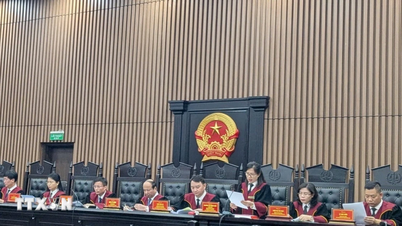



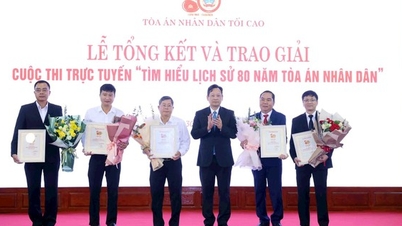

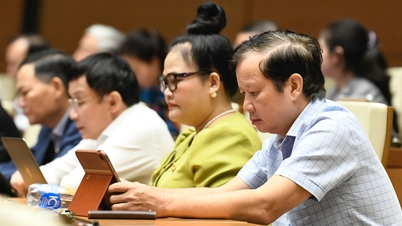

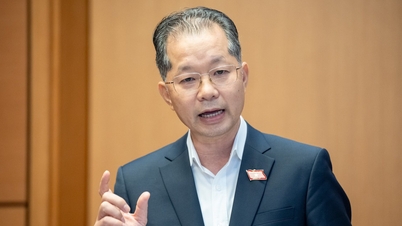





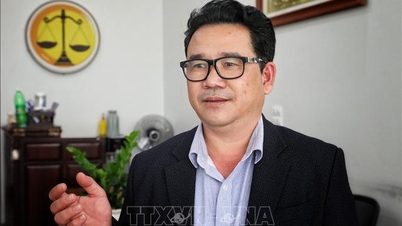

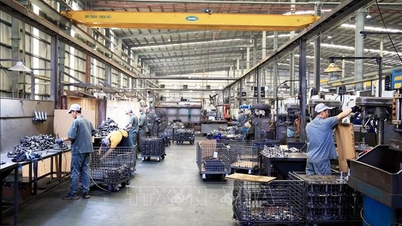
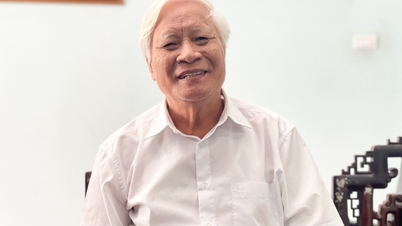









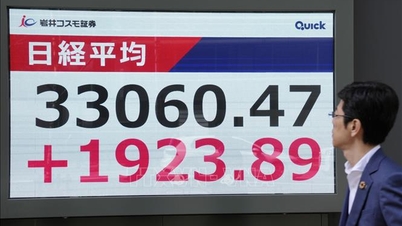















































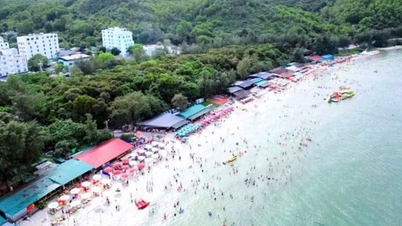

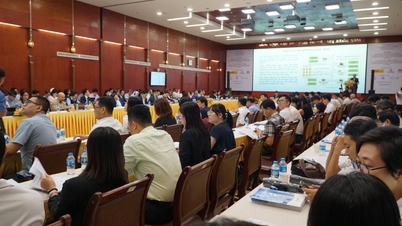













![Dong Nai OCOP transition: [Article 3] Linking tourism with OCOP product consumption](https://vphoto.vietnam.vn/thumb/402x226/vietnam/resource/IMAGE/2025/11/10/1762739199309_1324-2740-7_n-162543_981.jpeg)












Comment (0)